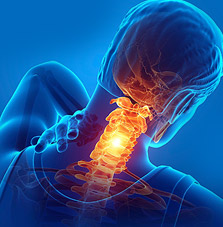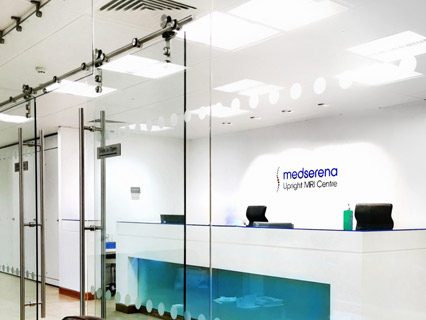
Ehlers-Danlos Syndrome (EDS)
Ehlers-Danlos Syndrome is an inherited connected tissue disorder which can cause joint hypermobility, fragile stretchy skin, and can affect the whole-body including heart muscle.
The condition makes joints hyper flexible and this can make them prone to dislocation, chronic pain and clicking. It’s also been an under-diagnosed condition with many people with symptoms told they have with other conditionsi such as ME/chronic fatigue or a string of other health issues that appear at least initially to be unrelated.
The underlying cause is genetic and involves abnormal production of collagen, the ‘scaffolding’ protein in skin and connective tissue. It affects at least one in 5,000 people, although newer research from the University of Swansea published in 2019.ii suggests it may be 10 times more common than this, affecting one in 500 people.
The faulty genes that cause the disorder can be handed down from a parent or just occur for the first time without any family history. Symptoms can be mild, but for some people they can be extremely disabling. The most severe type is Vascular Ehlers-Danlos Syndrome which causes fragile artery walls, muscles, and organ tissue.iii
Hypermobile Ehlers-Danlos Syndrome
There are 13 different types of Ehlers-Danlos Syndrome,iv but most people have a type called hypermobile Ehlers-Danlos Syndrome (hEDS). There can be an overlap of symptoms between them, so diagnosis should be made by a specialist.
The Ehlers-Danlos Syndromes UK charity say the condition is now regarded as a spectrum disorder ranging from simple hypermobility with no symptoms at one end and hEDS at the other, with a range of different hypermobility conditions in between.
If you have hEDS you may also have other symptoms such as skin changes (wide deep scars), hernias (a condition where an organ pushes through a weak spot in the surrounding area), prolapse and musculo-skeletal problems such as chronic pain and dislocation. Other common issues can include being prone to injury, bruising easily, digestive problems, fatigue, degenerative joint and bone disease, and curvature of the spine.
Coping with severe chronic pain can be one of the biggest challenges for patients with hEDS and some days can be worse than others. It can make even the most basic activities a huge challenge.
Spontaneous dislocation of the temporomandibular joint (where the jawbone meets the skull) may be one of the first symptoms of Ehlers-Danlos Syndrome.v
Medserena MRI scans and Ehlers-Danlos Syndrome
Upright MRI scans of the cervical spine can be particularly useful for helping to diagnose and investigate symptoms in Ehlers-Danlos Syndrome.
An upright MRI scan can provide a much more thorough examination of hEDS patients due to its dynamic element, which is missing from conventional tunnel MRI scans where patients would typically be examined lying down.
Medserena’s craniocervical junction MRI scan is one of the company’s clinical specialities and offers an upright scan that can be carried out in a comfortable position to allow full assessment of the foramen magnum and cerebellar tonsils (these are structures in the brain located at the base of the cerebellar hemispheres, two halves of the cerebellum (the part of the brain which controls movements and balance).
The scan takes around one and a half hours to complete. The cerebellar tonsils are clearly visible and more accurately assessed in an upright scan.
The scan is carried out in an open scanner and a variety of different views are taken using the company’s unique variPOSE sequence, for example showing the head turned to the right, ahead and then left, giving a rotational dynamic study.
The neck is also scanned in flexion and extension and neutral positions. Static measurements are then taken and compared to standardised normal levels.
Further measurements are taken in flexion and extension to assess the degree of movement that person has. The alar ligaments are one of the key areas assessed to see if they are lax or damaged.
Other benefits of a Medserena craniocervical junction MRI scan or cervical spine MRI scan
- Open MRI scanners are a stress-free alternative to using a conventional enclosed tunnel MRI scanner, providing comfort and reassurance for people who suffer from anxiety or claustrophobia. Sitting upright is more comfortable for patients and the open front means patients can speak to a friend or relative or watch television throughout as distraction.
- Open MRI scans can also accommodate larger/ heavier patients who might have difficulty fitting comfortably into a conventional tunnel scanner, as they can take weights of up to 35 stone (226kg). However, suitability will depend on the patient’s build and the area of anatomy that needs to be scanned.
MRI scans for Ehlers-Danlos Syndrome (EDS)
Location for Truly upright Spine & Back MRI scans
Our scans can be performed in London or Manchester
From only £570.00
Prices are self-pay only, inclusive of Radiologist report
Same day appointments
Many MRI scans can be booked for the same day
Scans are available to self-pay clients, clients with private health insurance and NHS patients where individual funding requests have been agreed.




